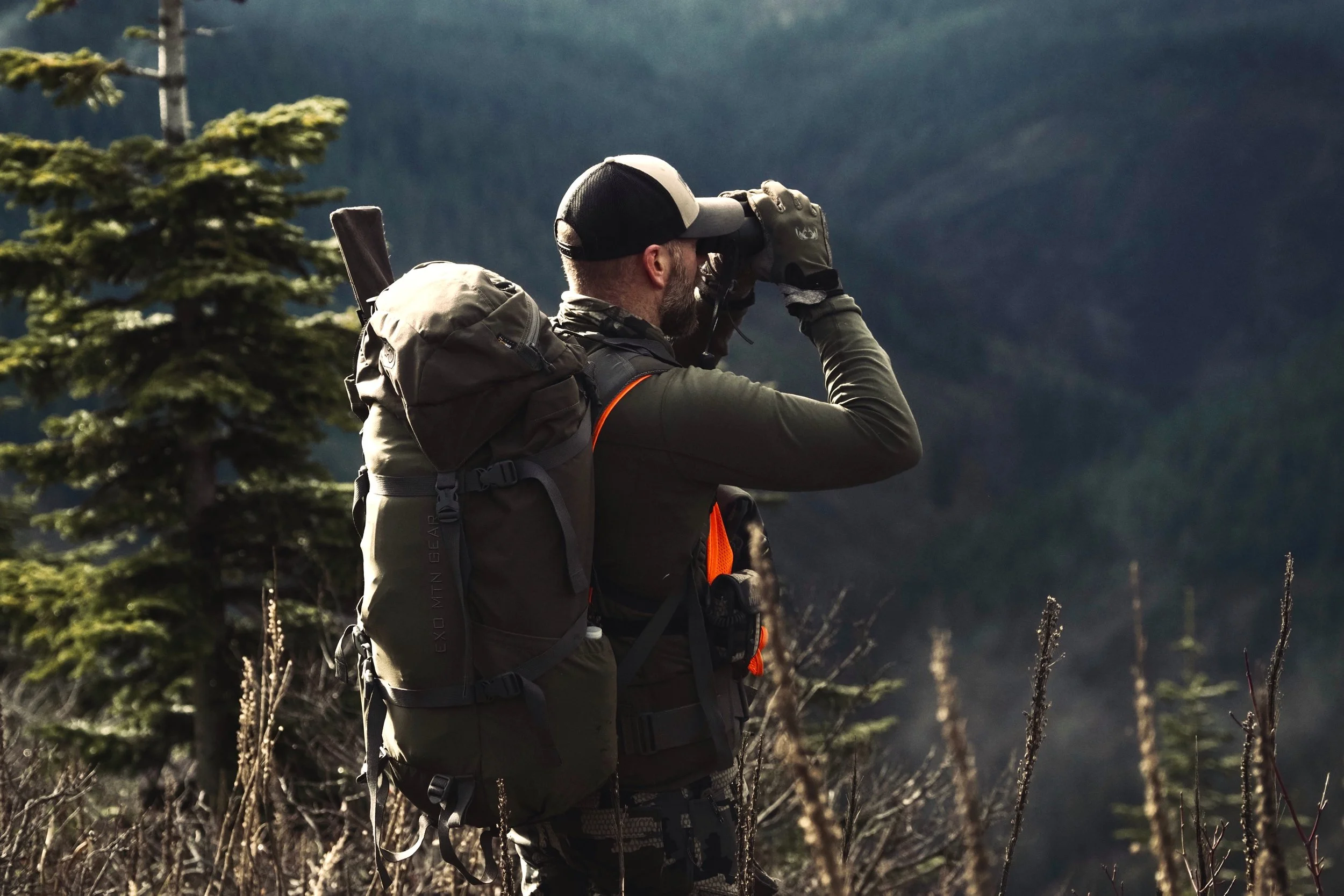
Backpack Hunting
Backpack Hunting Basics
Backpack hunting is exactly what it sounds like — combining backcountry backpacking with hunting. Instead of returning to a truck or base camp every night, you carry what you need on your back and stay in the field for several days at a time. It’s one of the best ways to reach less-pressured areas, hunt more effectively, and experience the wilderness on a much deeper level. It’s also exciting, but success starts with understanding what it really takes.
Hunting out of a backpack isn’t as simple as just throwing a rifle or bow in your pack and heading into the woods — it’s a mix of backcountry route-finding, self-reliance, and hunting skills. Before you load up and hike away from the truck, it helps to know what you’re preparing for: heavier packs, longer distances, and the need to stay safe when you’re nowhere near a trail system and often further from help.
The good news is you don’t need to master everything at once. Focus on the fundamentals first, keep your first trip simple, and add complexity as you gain experience. To help get you started, here’s a clear, step-by-step way to approach your first backpack hunt.
What You’re Signing Up For
Backpack hunting isn’t just adding hunting to your backpacking trip and calling it good. You’re combining hunting gear, camping gear, food, and safety equipment into one pack and heading away from easy access while also including the dynamic of the unknowns of hunting. Expect heavier loads — often 35–50 lbs to start, and 70+ lbs once you add meat. You’ll likely use established trails to get partway in, but then travel off-trail where there’s no infrastructure. You’ll also need to plan carefully for weather, water, and emergencies.
If you’ve never backpacked, take a short overnight trip before adding hunting into the mix. If you’ve hunted but haven’t packed meat out on your back, train with weight first so you know what 70+ lbs really feels like.
Pick a Manageable First Hunt
Start small and keep it simple. A great first backpack hunt is one or two nights rather than a full week. Hike 4–6 miles in instead of diving into remote wilderness, and choose an area you already know or can scout easily. Shorter trips let you figure out your food and water plan, test your gear, and learn how your body handles long days without overcommitting.
Once you’ve done a couple of these shorter trips, then you can bump it up to 5 days or more by adding more food to your packout. Gear selections remain the same for the most part.
Gear Basics
Your goal is to stay light enough to hike comfortably while still carrying what keeps you safe and effective.
A backpacking foundation includes a backpack designed to for hunting that can handle 70+ lbs, a lightweight tent or tarp, sleeping bag or quilt with a pad, a stove or cold-soak food plan, layered clothing for a range of weather conditions, a water filter or purifier with enough capacity for dry stretches, navigation tools (map, compass, GPS), a headlamp, and a first aid kit.
For the hunting side, you’ll need your weapon with extra ammo or arrows, optics such as binoculars (and a spotter or tripod if needed), game bags, a kill kit, possibly a lightweight saw, paracord, and your tag/license, along with a solid understanding of regulations.
Trim weight where you can, but never at the expense of safety gear like insulation, navigation tools, or first aid.
Plan Before You Go
Good planning keeps a fun hunt from turning into a dangerous one. Use maps and satellite imagery to find likely glassing spots, water sources, and travel routes. Double-check hunting regulations, weapon restrictions, and camping rules before you head out. Watch the weather and be ready for cold snaps, storms, or heat. The better your plan, the better your hunt.
Have a clear exit plan and share your route and ETA with someone at home so they know where you’ll be and when to expect you back.
Execute & Adjust
When it’s time to hunt, pace yourself. Hike slowly and steadily on day one so you don’t burn out before you even start glassing. Pick a camp with some protection from the elements and easy water access. Hunt smart by glassing more than you hike — save your legs and energy for the pack out.
If you’re successful, focus on meat care first: cool it quickly, keep it clean, and plan your pack-out before fatigue sets in. And remember to adapt — if the weather moves in or the sign disappears, don’t be afraid to relocate or leave an area if necessary.
Common Mistakes to Avoid
Avoid overpacking, which leads to fatigue and slower hunting. Don’t skip physical prep — carrying 40–60 lbs uphill is different from day hiking. Always have an exit strategy so you’re not trapped if weather or injury hits. And plan ahead for meat care — think about temperatures, game bags, and timing so nothing spoils on the hike out.
Don’t overlook the backpacking portion of backpack hunting. Hunting is hard enough as it is without the complexities of backpacking, so while you’re shooting your bow, studying maps, and scouting for game before the season, put some extra effort into practicing your backpacking skills too. Pitch your tent in variable places, filter water, hike under a heavier load, and use your gear so that when the hunting season comes around, you can focus on the hunt and not the backpacking.
Every experienced backpack hunter started with a first trip — usually imperfect and full of lessons. Yours doesn’t need to be flawless to be valuable. What matters is getting out there, learning what works for you, and building the confidence to go a little farther next time. Each trip adds skills and self-reliance, and before long, you’ll be ready for bigger country and longer hunts. Start simple, stay safe, and let experience be your best teacher.
Ready to take the next step?
Join my Backpack Hunting Facebook Group: This group has over 40,000 members, and it’s dedicated to backpack hunting
Check out some hunting-related articles below
Start building your gear list and leverage what you already have.
Start with a short hunt close to home, then expand as you gain confidence

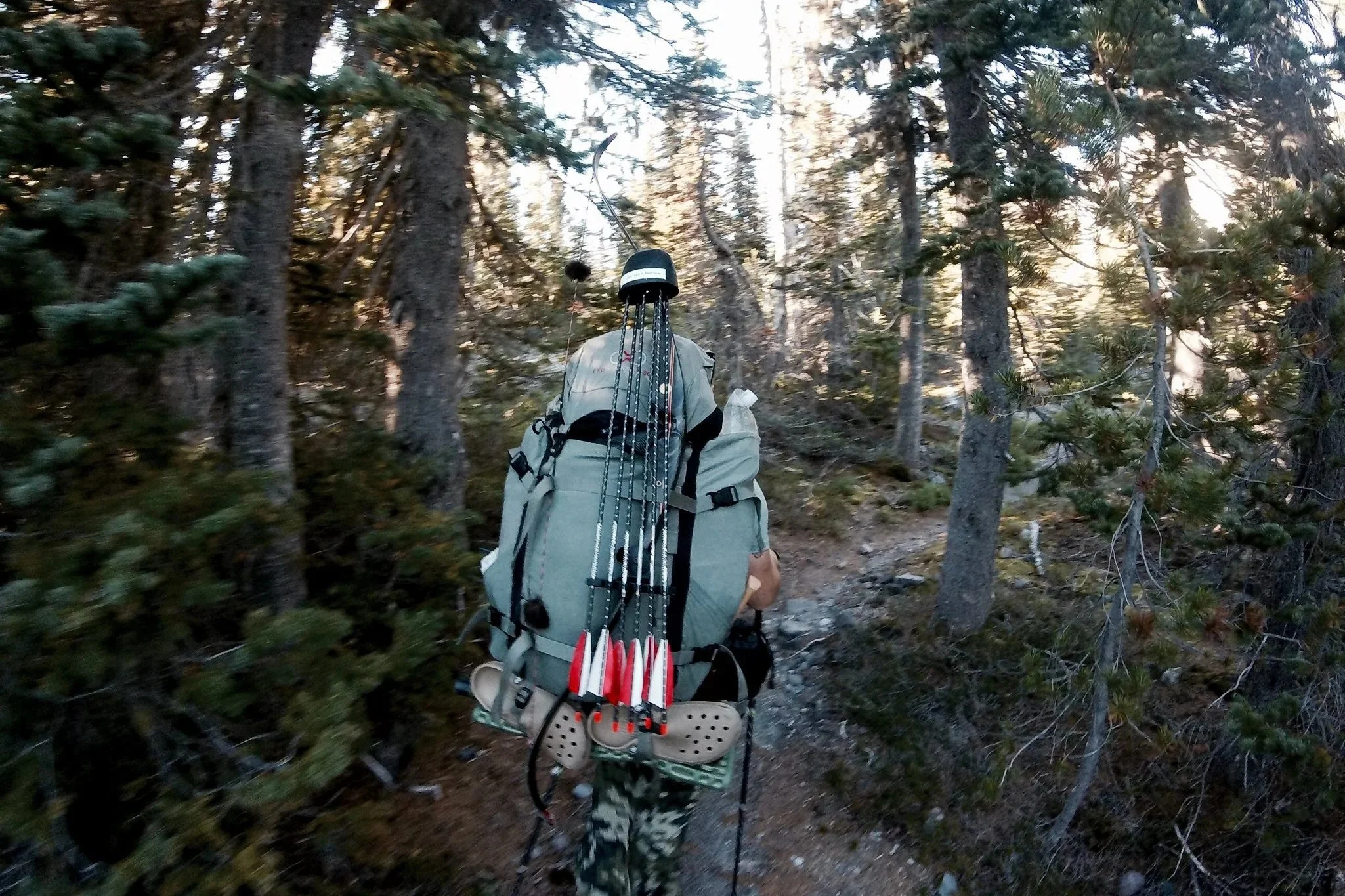
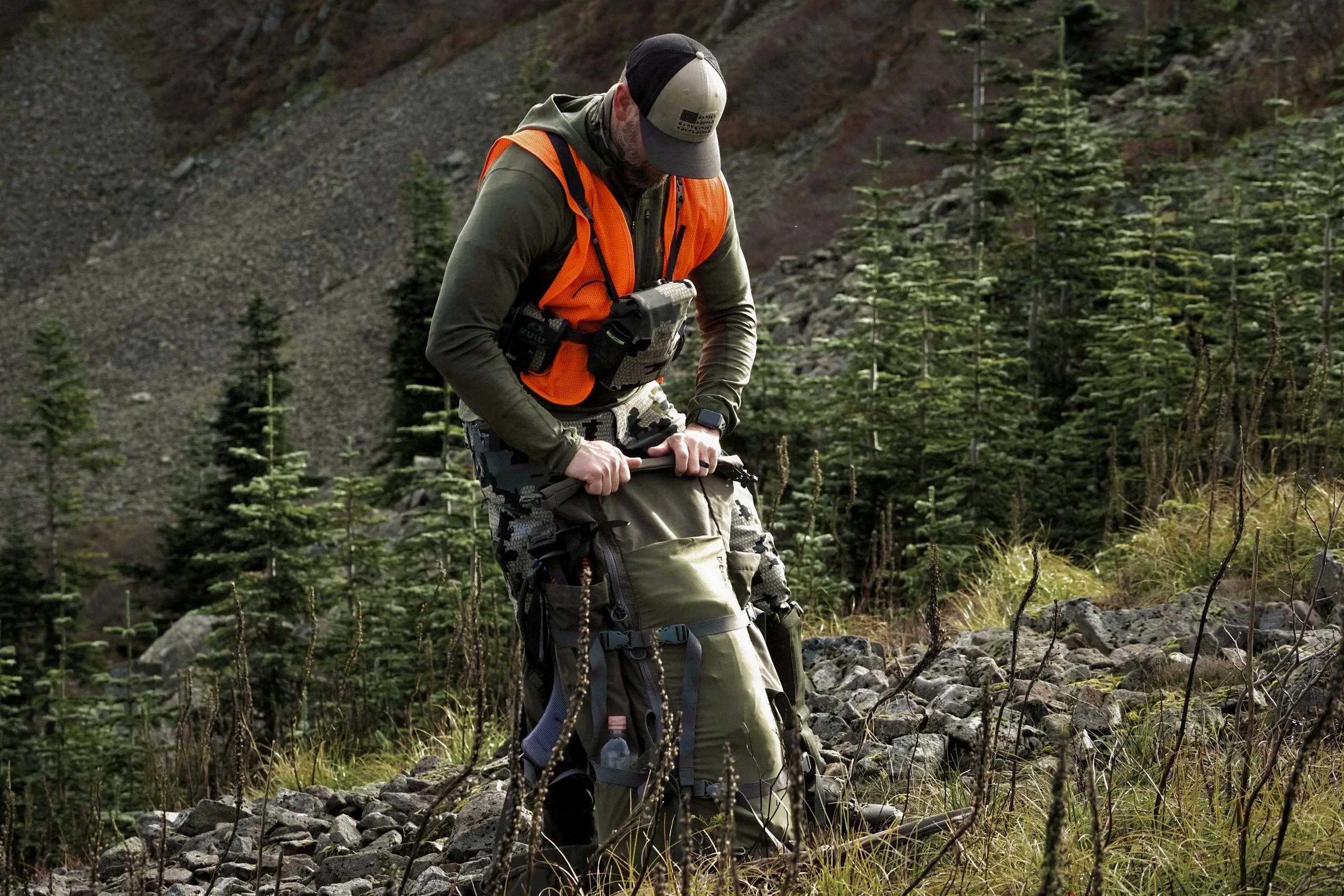
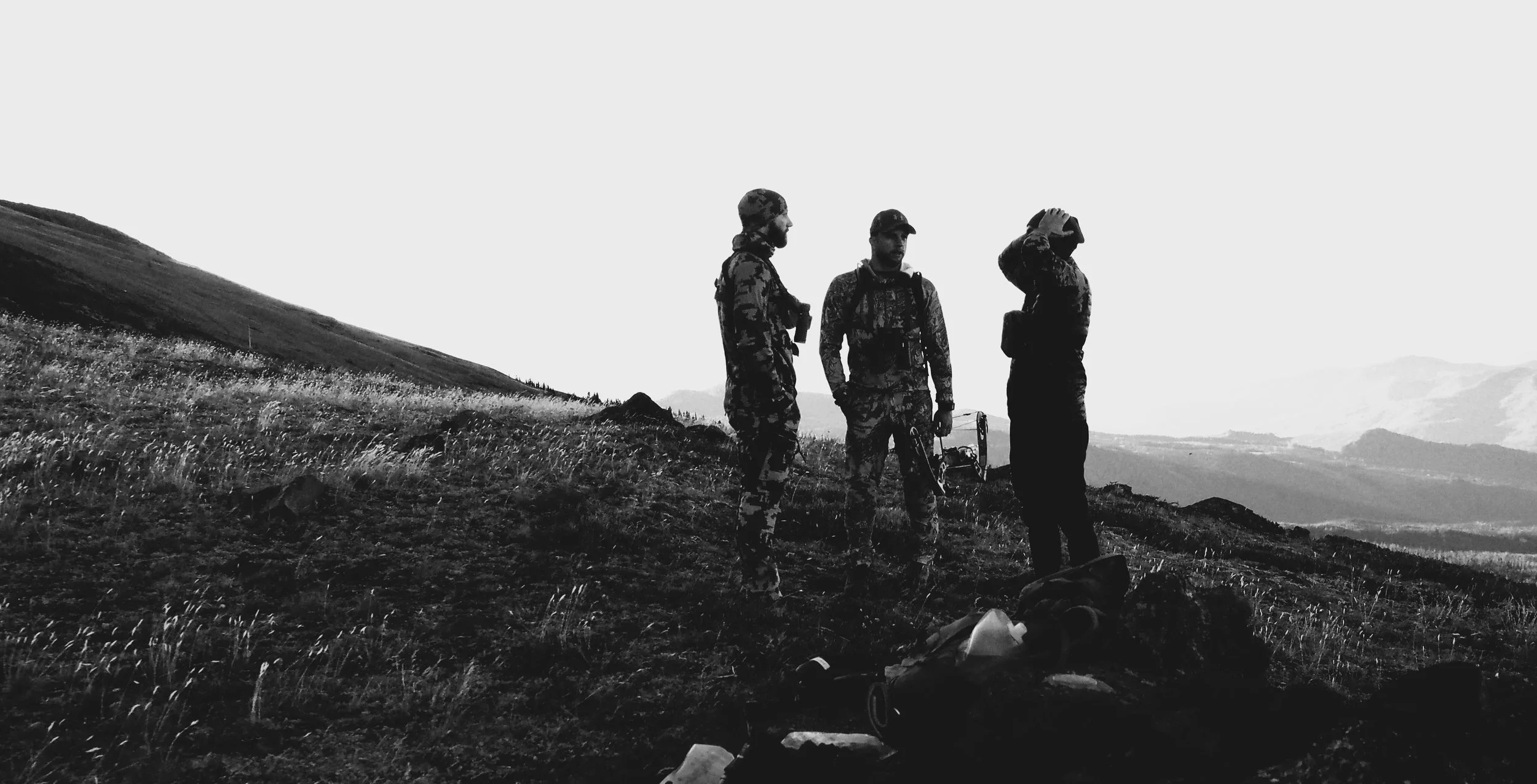
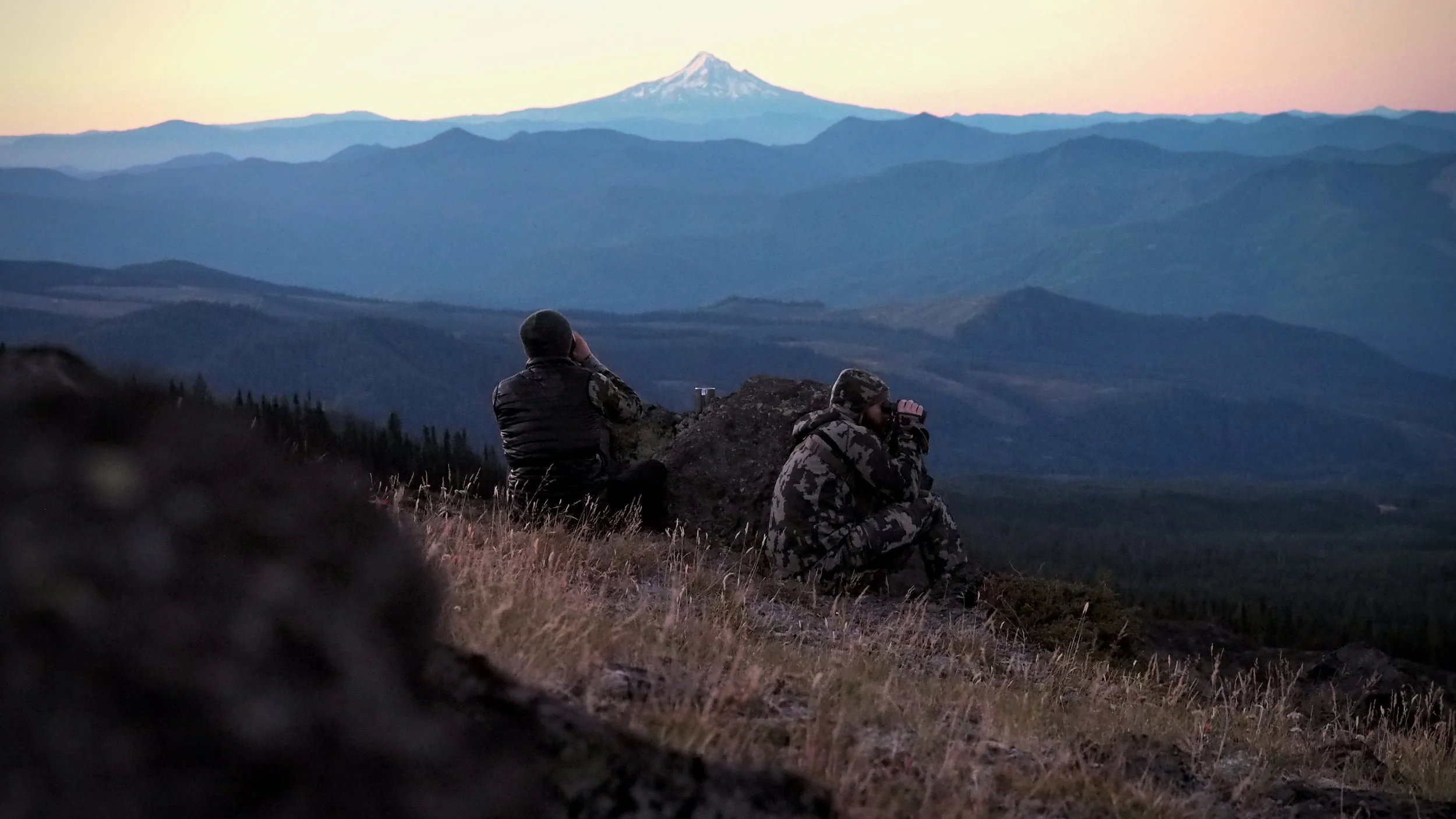


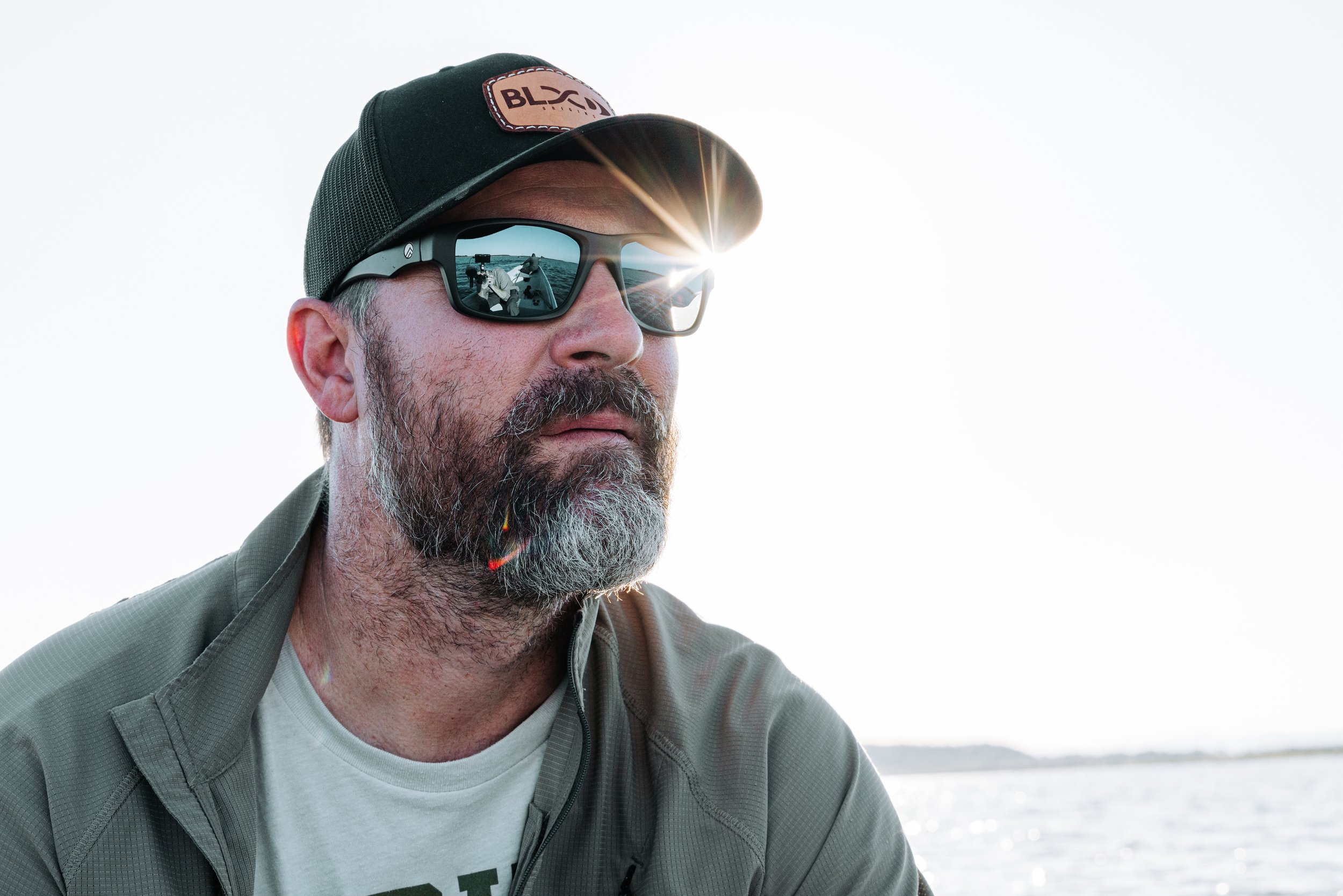


Discover how Kevin Timm, founder of Seek Outside, blends the two worlds of hunting and backpacking to create some of the most trusted outdoor gear on the market. This conversation dives into bridging the outdoor divide, building reliable equipment, and protecting public lands.